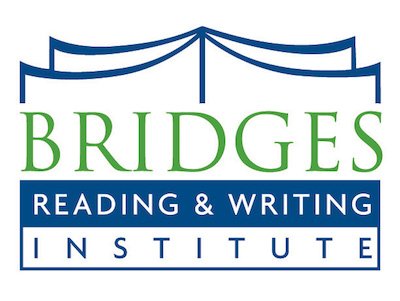Everything You Never Knew About Sight Words for Preschoolers
Sight words—if you read about reading or how to teach reading you won’t get very far without encountering the phrase. But what are they actually, and when and how do you begin incorporating them with your preschooler? We’re about to find out!
What are sight words? Hint: they are a technique, not specific words
The term “sight word” refers to a word that we teach a child to recognize and “read” from sight, or, perhaps, a better way of saying it is from memory. Contrast this with a phonetic approach that teaches a child to decode the word or “sound it out” by applying phonics rules.
As you see, whether or not a word is a sight word has to do with how you introduce it to a child, not the word itself. Very, very few words are true exceptions to phonics rules and, therefore, not decodable. What makes it a sight word is your approach to teaching a child to read it.
You wouldn’t know this, though, from the internet or most teaching resources. They’re full of lists of “sight words.” Edward Dolche created a list of over 200 such words in the 1930s that has been used as canon in the practice of “whole word” instruction ever since. But here is the rub.
Years of data on the science of reading have confirmed that decoding and phonics-based approaches are best practices for teaching reading. Memorizing exhaustive lists of sight words verbatim is out. Decoding and phonics are in.
So, why do we still need sight words?
The case for sight words
Well, there is still a good argument for the limited use of sight words, particularly in the early stages of reading, like in preschool for example.
Simply put, it is just not possible for young children at the beginning of phonetic reading to enjoy meaningful, engaging text using only words that they can decode. For example, a child who has learned only the main consonant sounds and short vowel sounds may be able to decode a simple word like C-A-T and many others like it. But they would not be able to decode the sentence, “The cat had some milk,” because the more advanced word S-O-M-E is beyond their present decoding skills. And this—the ability to read real stories, narratives, poems, and rhymes—is critical to building a love of learning and a genuine enjoyment of reading.
So, it makes sense to use sight words sparingly and strategically and teach children a few words that fall into one of two categories:
Words that are true exceptions to the phonics rules they have already learned.
Words that they will frequently encounter but that require more advanced phonics knowledge to decode.
When should we introduce sight words?
So, if we accept that there is a valid reason for some sight words, when do we begin doling them out? Well, you likely have already started whether you know it or not. When our little one points to a word, asks what it means, and we reply, we are teaching sight words. Words like S-T-O-P, E-X-I-T, and O-P-E-N are common “first” sight words due to their frequency and context.
And context is key! Most sight words also happen to be abstract and difficult to teach without proper context. They are often articles, pronouns, adjectives, adverbs, or state-of-being verbs. The adjective S-O-M-E in our sentence above is the perfect example. It’s easy to make a picture flashcard for concrete nouns like C-A-T, but what picture would you put on a flashcard for S-O-M-E, or T-H-E, or W-A-S?
So, the perfect time to begin introducing sight words to your preschooler is when they are ready to begin reading short sentences that will provide the necessary context. Once your child has mastered those main consonant sounds and short vowel sounds . . . Once they can decode a variety of C-V-C words from the common word families . . . Then, they’re ready to really read something, and they’ll need some sight words.
So, which ones?
Must-Have Sight Words for Preschoolers
When making those sparing and strategic choices about which sight words you will teach, go with ones that will go the distance. Choose common words that your child will encounter frequently in early readers or that pair naturally with the C-V-C words they’re decoding. Here are some sight words to start with.
How to Incorporate Sight Words
As we’ve already mentioned, it’s best to start incorporating sight words within the context of sentences. Two common ways are:
Pointing them out as you read to your child, or
Building sentences with word cards that combine a few sight words with the words your child is decoding.
But there are many other activities you can do as well that keep the learning fresh and fun. For more ideas on how to teach your preschooler sight words plus structured support, check out Tenblox—the program that builds your child’s literacy foundation one skill block at a time.
